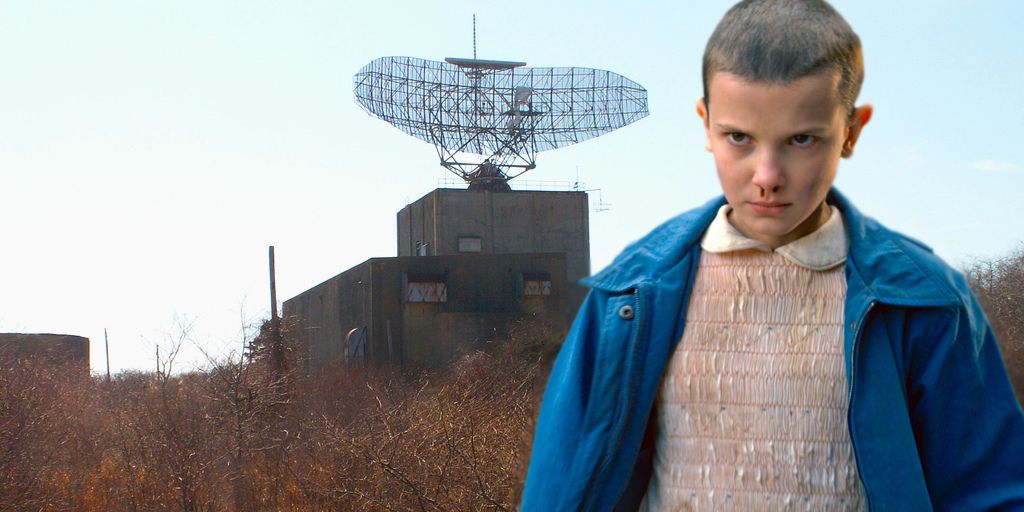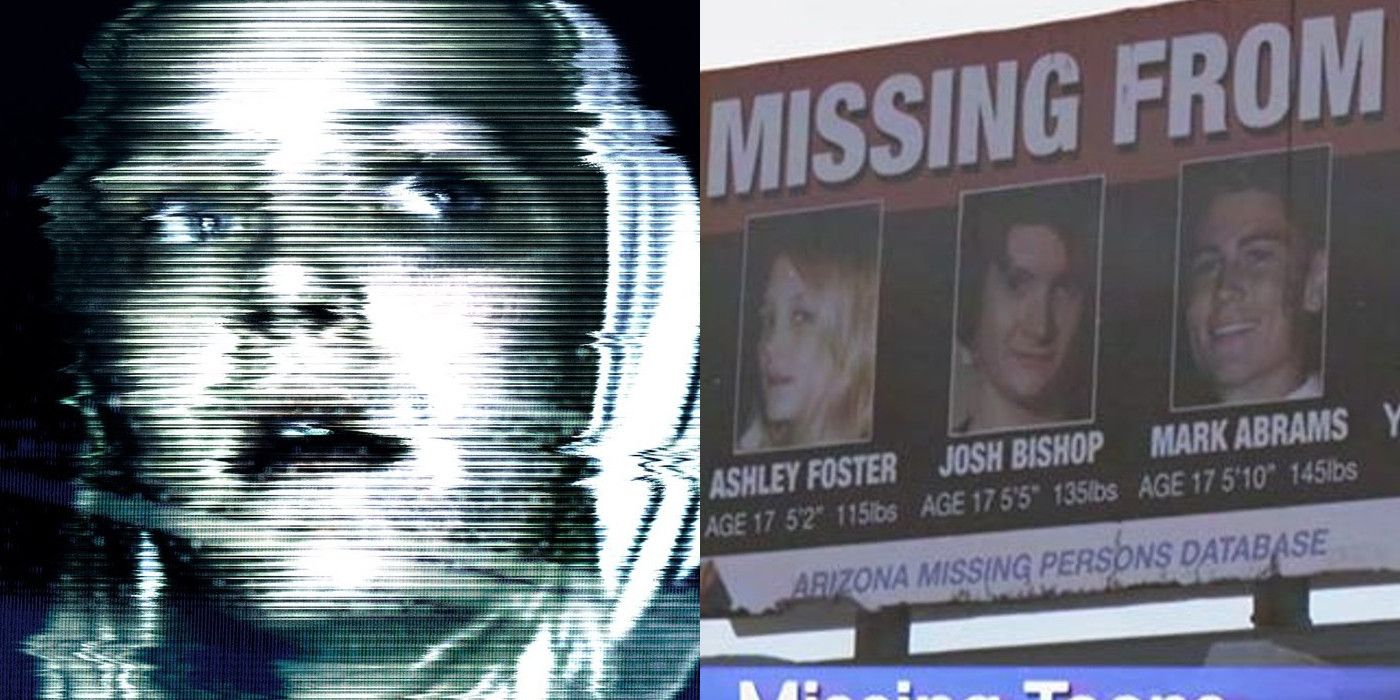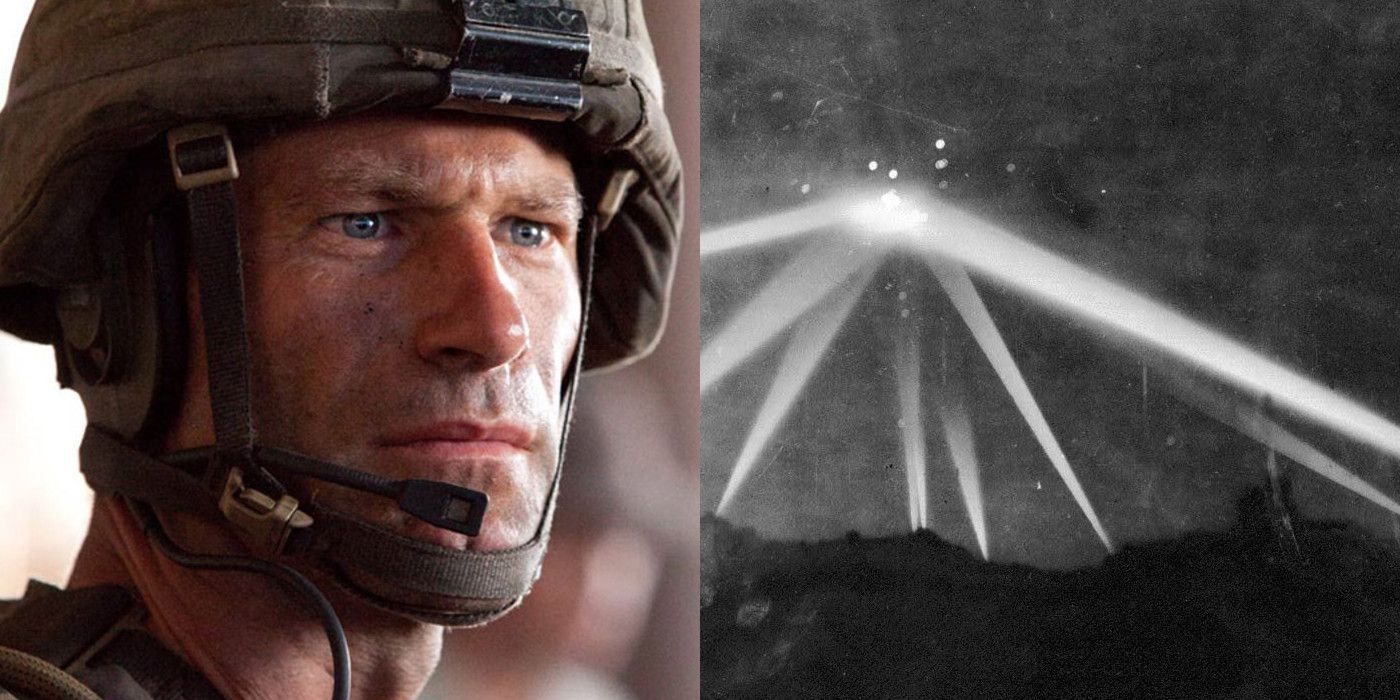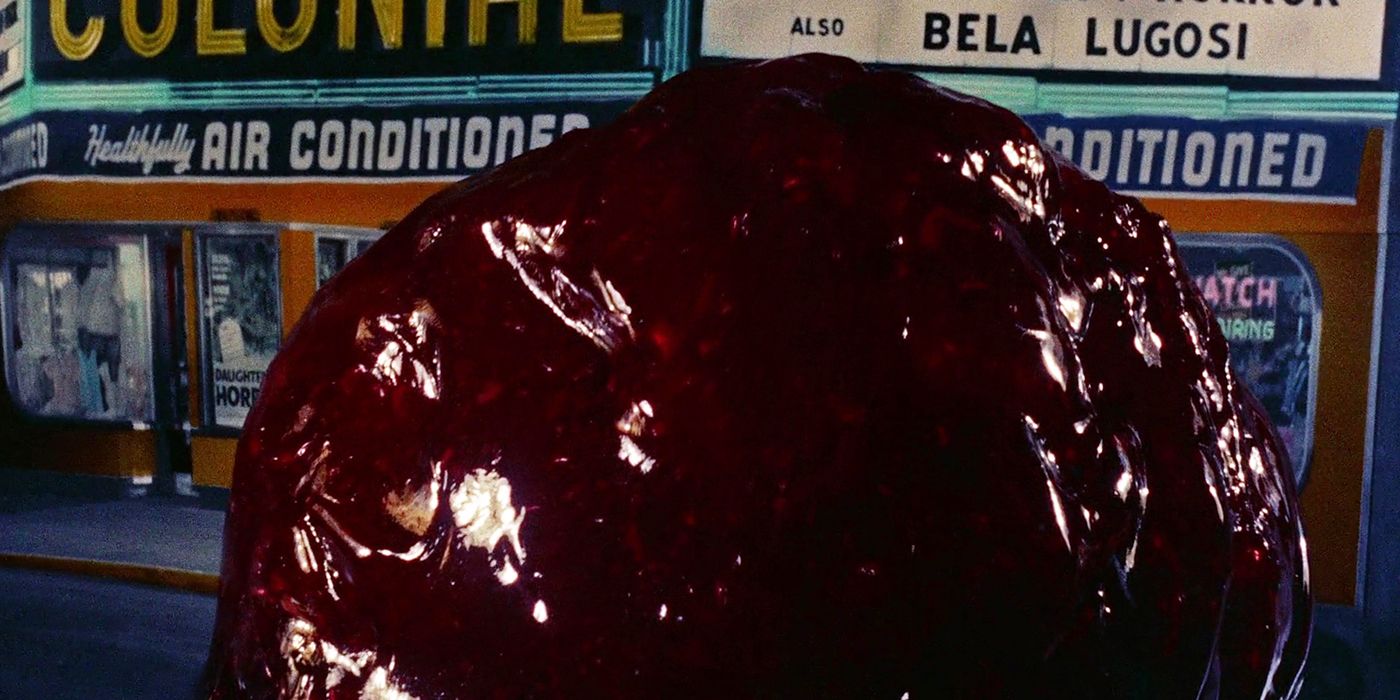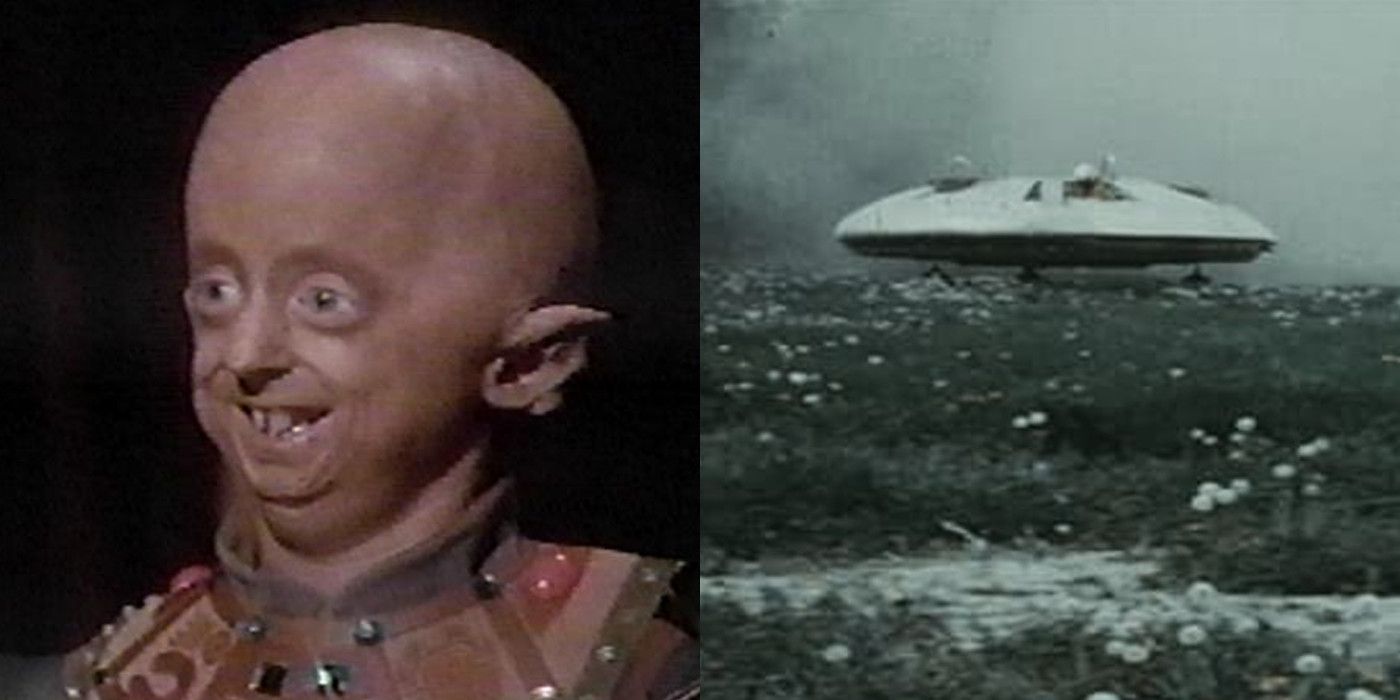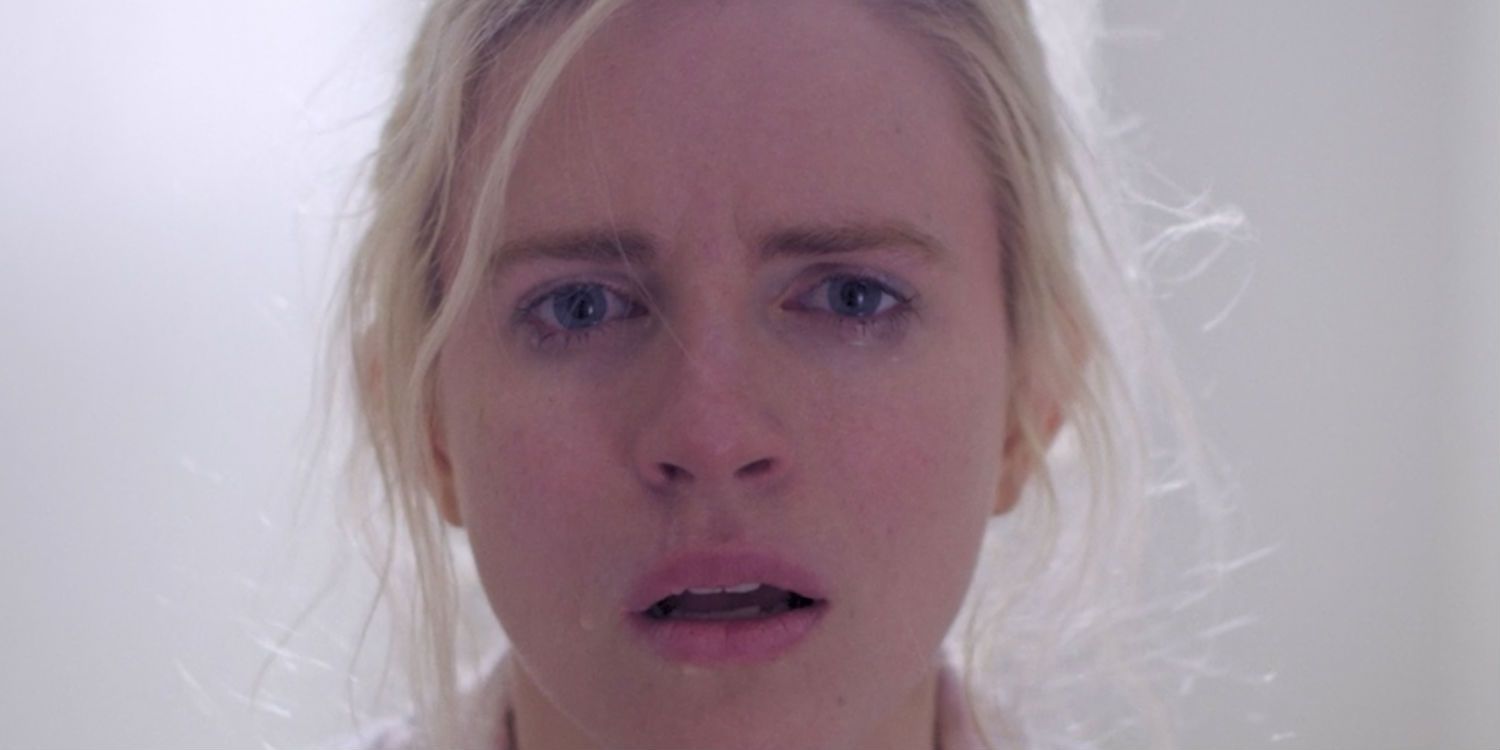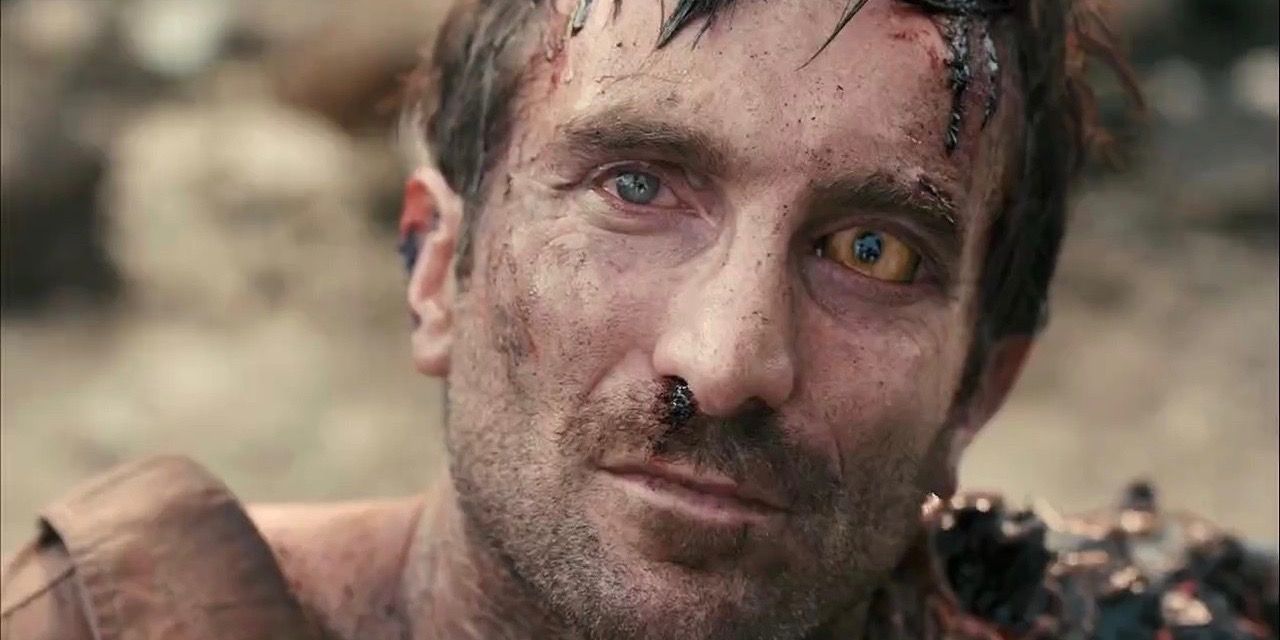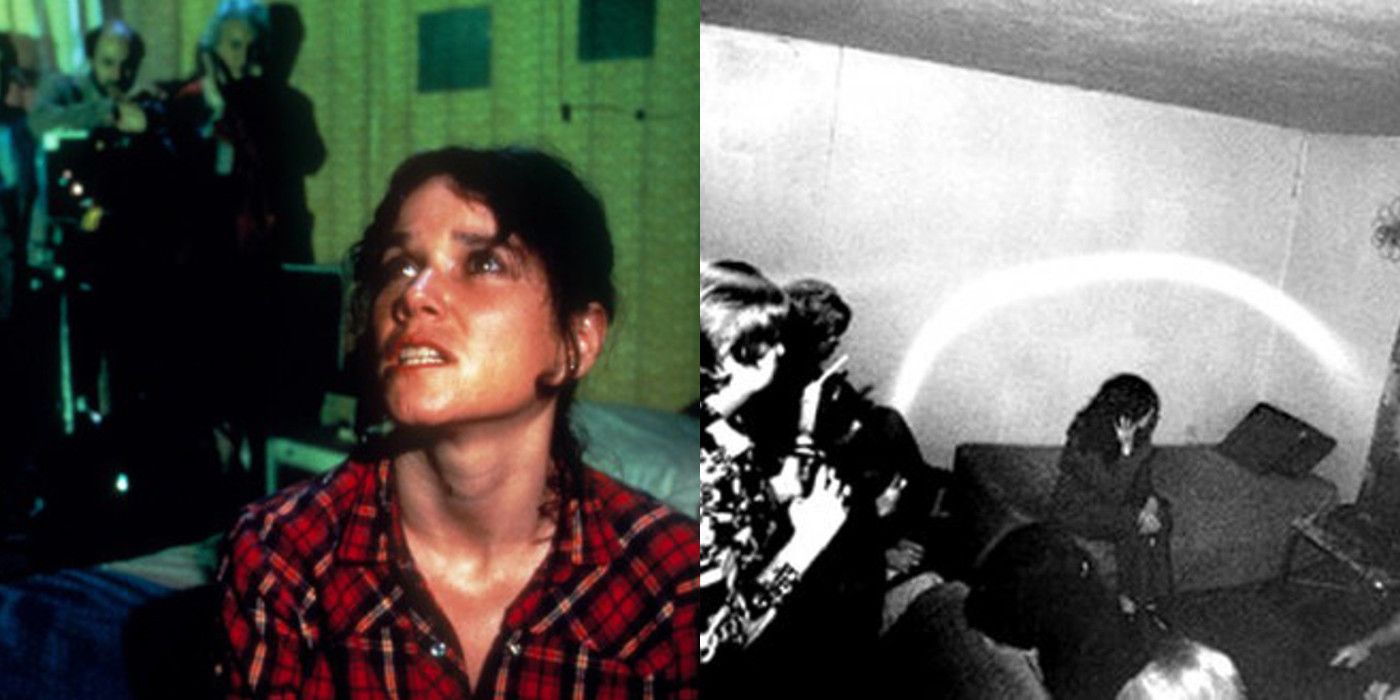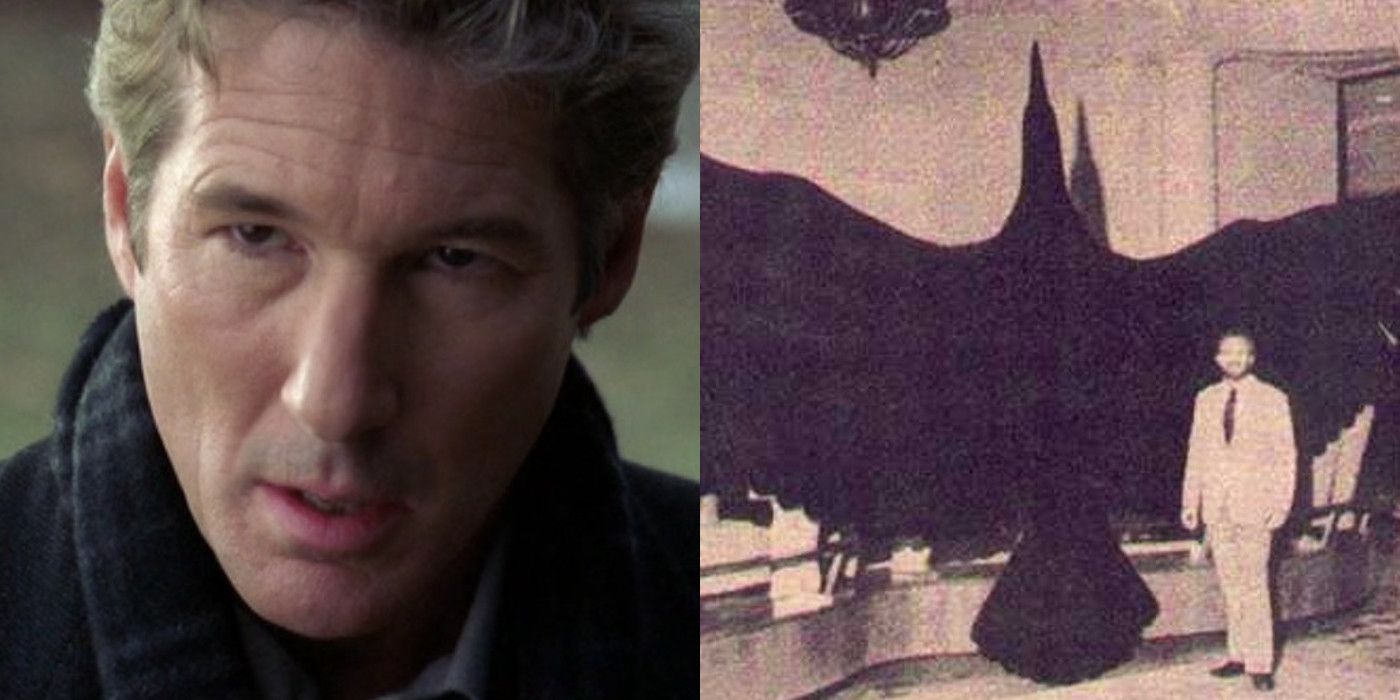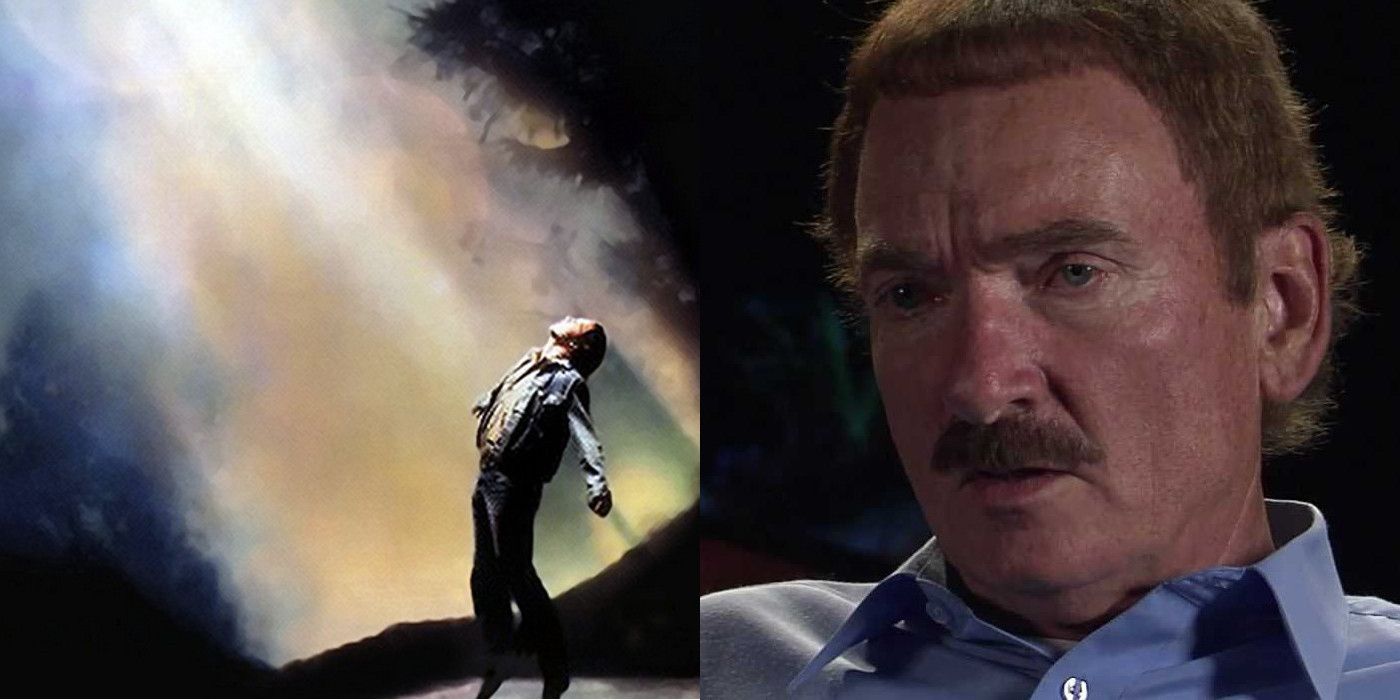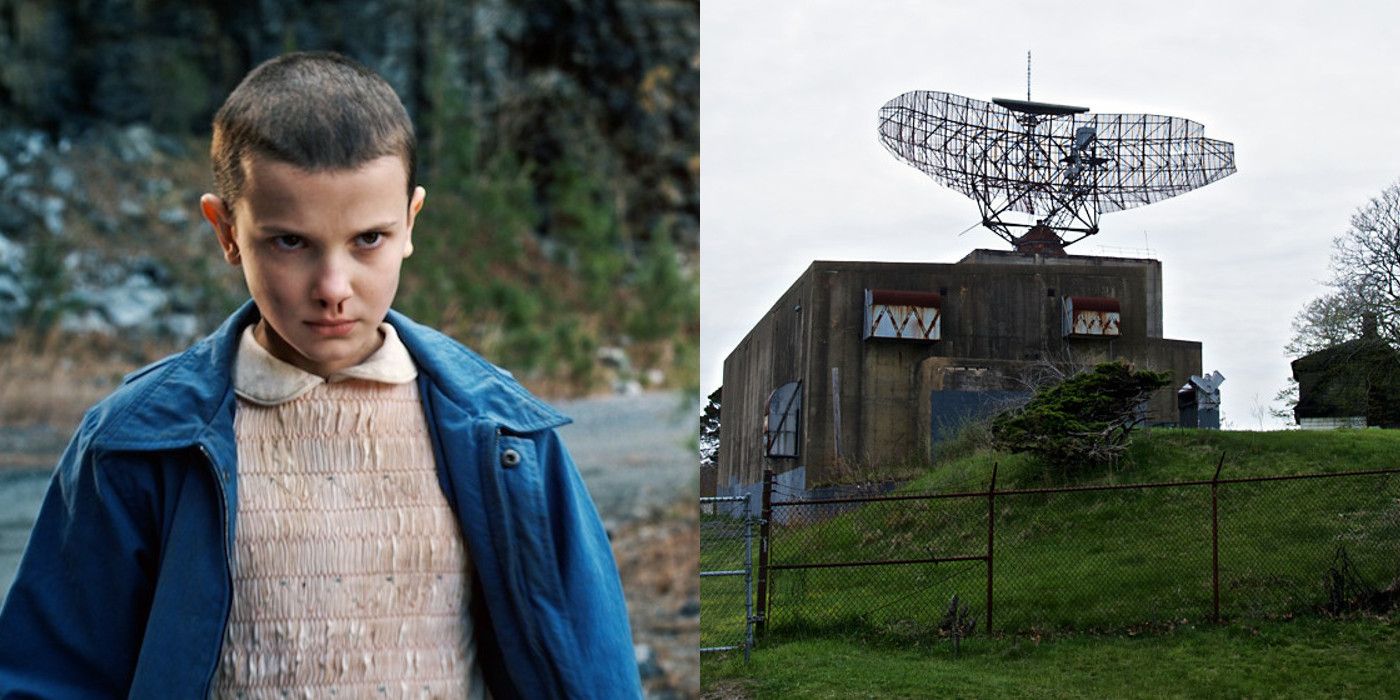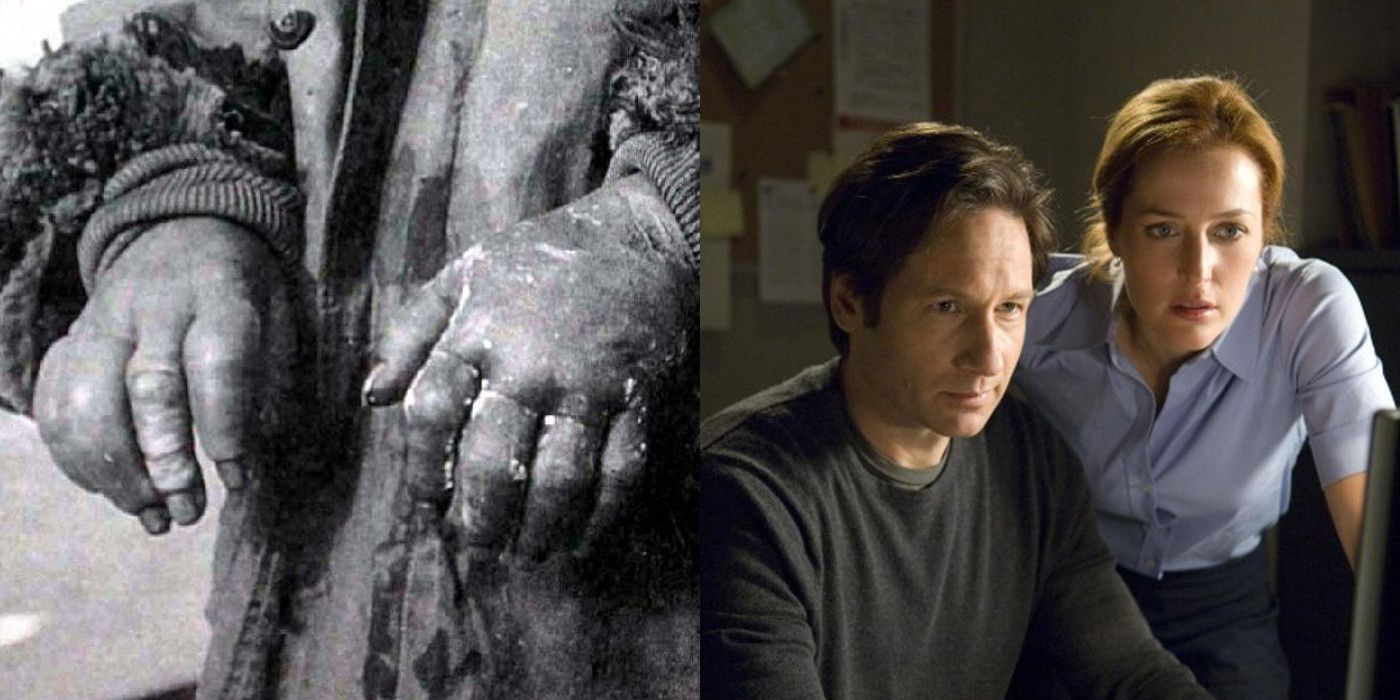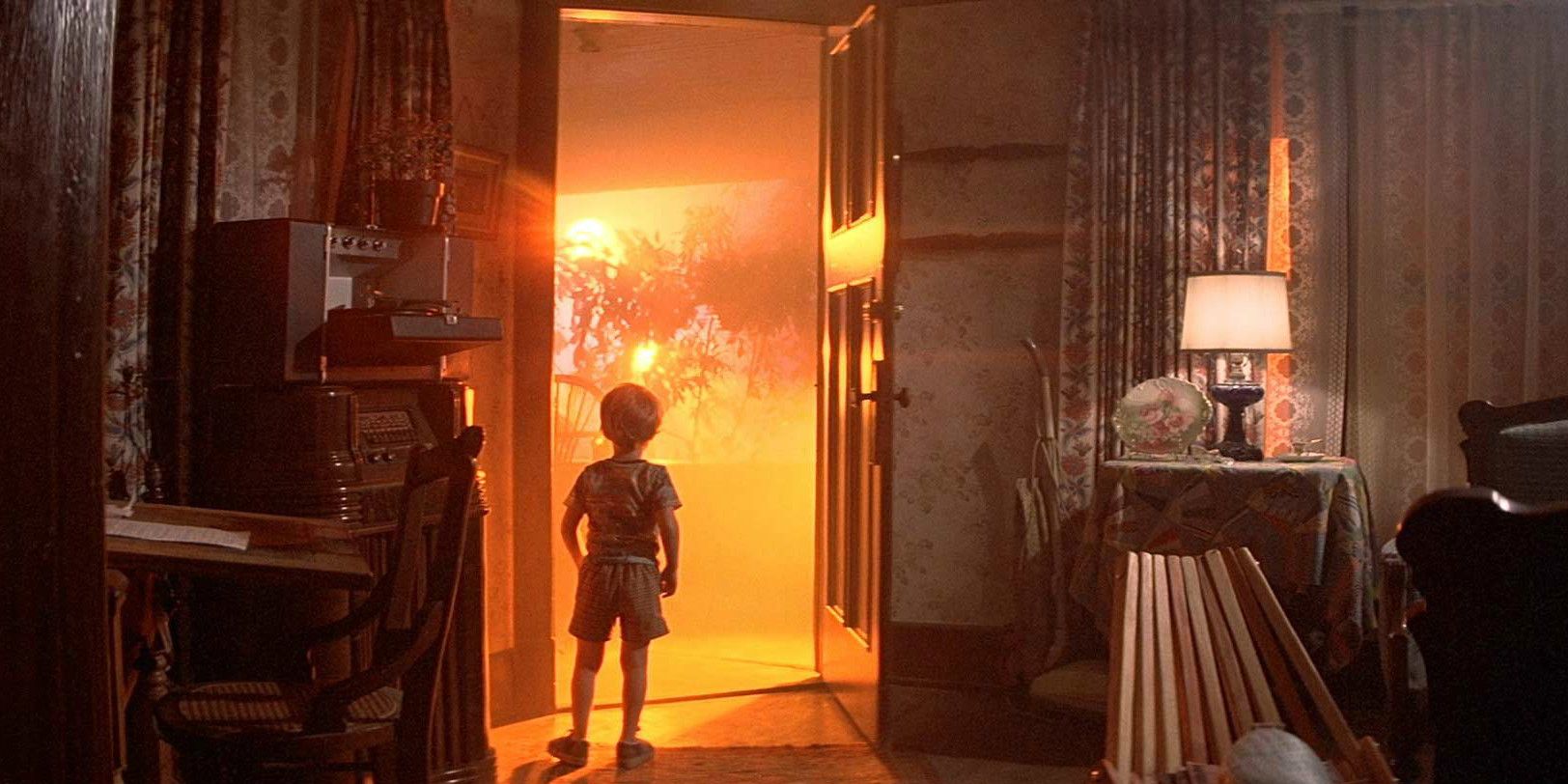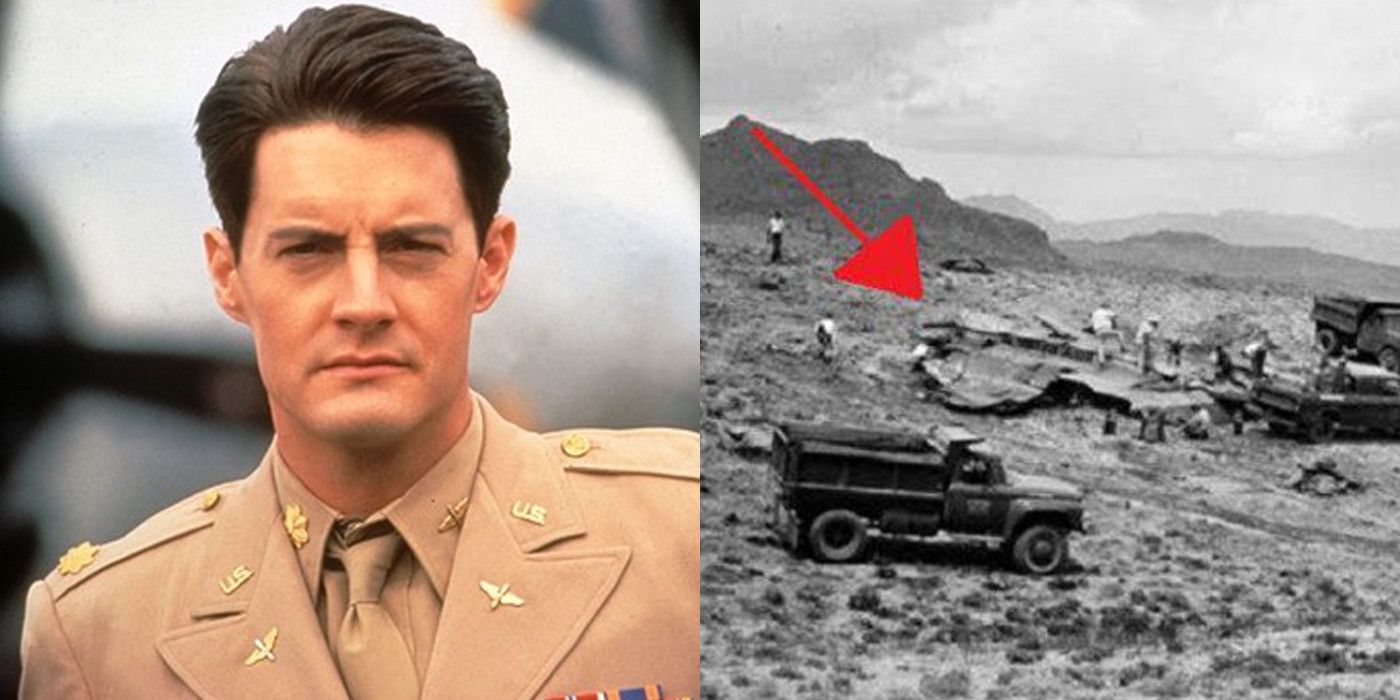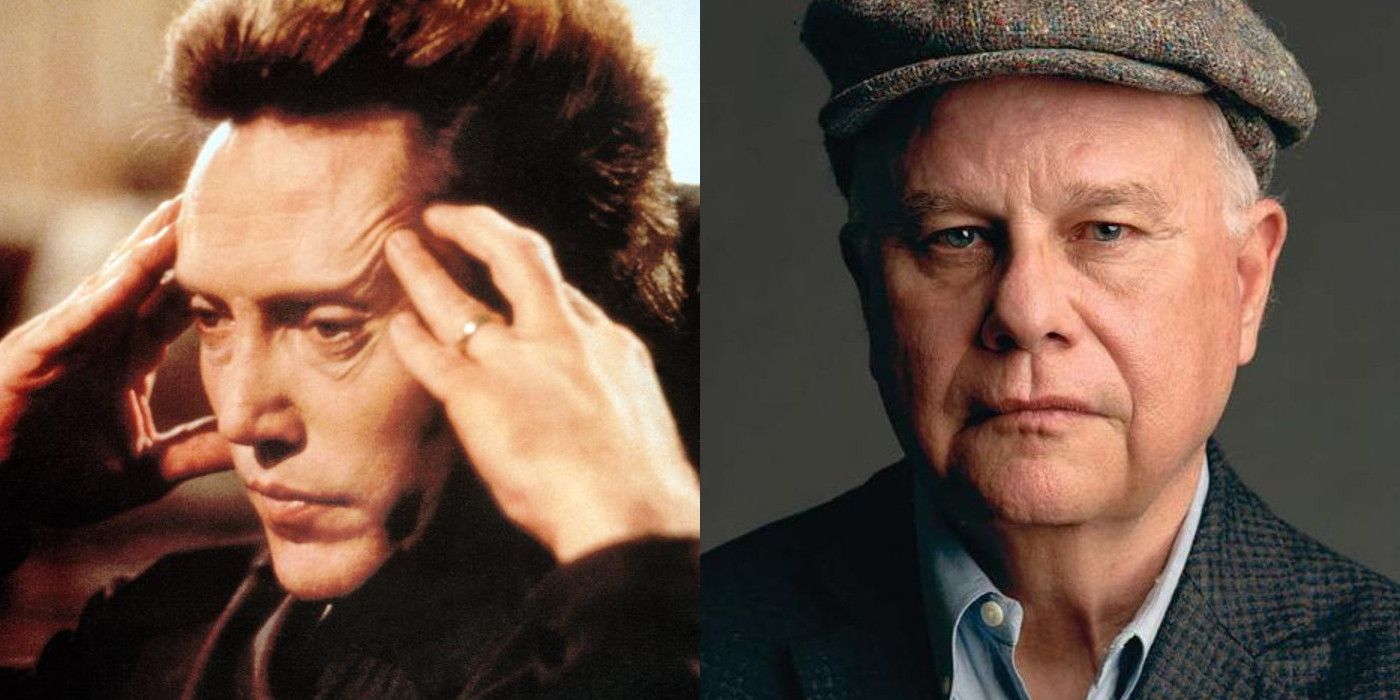“Based on real events” is one of the most overused phrases in all of cinema. While the occasional movie adheres closely to reality, Hollywood normally can’t resist turning up the volume on true stories. When science fiction movies provide the rare opportunity to play the “Based on a True Story” card, the producers will take it to the bank. It’s just too good to resist. Even Ridley Scott jumped on-board Phoenix Forgotten, the latest “true” alien invasion story to be set to film.
Though any sci-fi flick that claims to have historical origins should be thoroughly vetted, there is a surprising number of movies and shows that take their cues from reality. Even Stranger Things is one of them. Be warned: while it’s okay to dip your toes into the real-life background of Eleven and her Dungeons & Dragons-playing companions, once you enter the rabbit hole, there’s no going back. From Close Encounters of the Third Kind to District 9, there are plenty of movies and shows that have a firm foundation in truth.
Giving each claimant the benefit of the doubt, here are 15 Sci-Fi Movies & Shows You Had No Idea Were Based On True Events:
Phoenix Forgotten
In the spring of 1997, a bizarre event took place in the skies over Phoenix, Arizona. Out of the desert darkness came an array of lights that lined the night sky. Two lights turned to three, then to four, five, six, and seven as they hovered in a vaguely ship-like formation. This event is widely known as the “Phoenix Lights,” and you can watch it for yourself right here.
Needless to say, this occurrence gave great hope to career ufologists and inevitably led to a movie adaptation in Hollywood. Phoenix Forgotten may take some liberties with the disappearance of investigative teens following the incident, but the hysteria and panic following the lights is rooted in fact. Even Arizona governor Fife Symington later admitted that the event was beyond earthly explanation.
Battle: Los Angeles
In February of 1942, well into the carnage of World War II, Los Angeles was in a state of emergency. Just 8 weeks after the Japanese Navy’s sneak attack on Pearl Harbor, many in the armed forces feared Hollywood would be the next target.
On February 25th, a blackout order was issued on the city, turning it into abject darkness. In the middle of the night, air-raid sirens resounded across Los Angeles as anti-aircraft artillery shellacked the sky. Searchlights flooded the horizon and revealed an unidentified object that seemed to hover over the city. Nearly 1,500 rounds of ammo were fired, 3 civilians died in car crashes as a result of the chaos, and 2 individuals succumbed to heart attacks in the panic.
When the smoke cleared and the morning sun rose, there was no sign of the enemy at all. This is where Battle: Los Angeles comes in to play, piggy backing on the truth of the 1942 incident and exploiting the rumors of a UFO invasion.
The Blob
Though it may be one of the most mocked horror stories in cinematic history, The Blob is actually rooted in reality. On September 26th, 1950, two patrolmen in Philadelphia investigated a bizarre occurrence. As they looked into the sky, officers Joe Keenan and John Collins saw an unidentified object floating down to earth. Following their inner curiosity, they drove to the scene of the (potential) crime.
There, they encountered a mass of oozing, scentless, crystallized goo the length of a human being. Though Keenan and Collins referred to the stuff as “purple jelly,” they had no explanation for its throbbing, pulsating nature. After calling for backup, the cops and their support reached into the blob to get a sense of its real nature. Within the hour, the space goo evaporated into nothing, leaving no proof that it even existed.
The Aurora Encounter
Exactly 100 years after the incident in the heart of Texas, The Aurora Encounter landed in cinemas. Though it may be a lesser-known sci-fi film, its value increases with a little understanding of the history that inspired it.
On April 17, 1897, an alien spaceship is said to have crash-landed on a farm in Aurora, Texas. Two days later, The Dallas Morning News published a story about the “sudden appearance of [an] airship” that “collided with the tower of Judge Proctor’s windmill and went to pieces with a terrific explosion.” The incident allegedly claimed the life of the alien on board, whose charred and frail body is said to have been buried at the local cemetery. Though the “Texas Roswell” incident is rumored to be a hoax, the United States signal service officer in the city confirmed that he believed the alien “was a native of the planet Mars.”
The OA
While Part II of the successful sci-fi series is soon coming to Netflix, The OA is still busy accruing its audience. The extra-dimensional aspect of the show is expertly handled, but as it turns out, the premise for The OA was based on a true story. Literally. Show creator and star, Brit Marling, had her eureka moment for the show when she overheard a lady talking about her transcendent post-death experiences.
As Marling remembers, she “saw her from across the room, and she just seemed to be operating at a different frequency…So when she told me she had this near-death experience – and described leaving her body and what she felt inside herself on the return – you understand why she felt like a person who was both apart from the world, but also more deeply in it. The idea of a character like that became really appealing.” And thus, The OA was born.
District 9
Though a hulking spacecraft never hovered over South Africa, and aliens dubbed “prawns” didn’t run amok in Johannesburg, District 9 takes its story from real events. Director Neill Blomkamp rooted his sci-fi epic in the explosive racial conflict and apartheid government that saddled South Africa throughout the 20th century.
Just as the prawns and the humans were driven apart in District 9, whites and nonwhites were forcibly separated in everything from property to marital relations. In 1966, the South African government officially declared Cape Town’s District Six a “whites-only” property, relocating over 60,000 people to the nearby ghettoes that many called the “apartheid’s dumping ground.” As the prawns are forced to experience in the movie, the oppressed inhabitants of the Cape Town “flats” were unjustly deprived of countless human necessities and services.
The Entity
The haunting of Doris Bither is one for the books. Popularized in the 1982 film directed by Sidney J. Burie, this supernatural movie has a strong foundation in actual events. Though the director and his star, Barbara Hershey, never met with any of the people involved in the supernatural incident, the movie adheres closely to the account as told by Doris Bither.
The final result is a movie that Martin Scorsese himself considers to be among the scariest ever made. As Doris Bither recounted (and as the movie graphically depicts), a gang of invisible, paranormal beings repeatedly assaulted her in her California home. Upon hiring paranormal researchers Kerry Gaynor and Dr. Barry Taff, photographs were taken of Doris that show an electric, halo-like beam of light hovering over her. To this day, Dr. Barry Taff remains convinced that a “poltergeist outbreak” left Doris a victim in her own home.
Black Mirror, “Nose Dive”
Black Mirror has its finger on the pulse of global culture. In “Nose Dive,” the recent Joe Wright-directed episode, we encounter a techno-dystopia where every interpersonal encounter is ranked on an all-powerful app. In this five-star market economy, ratings are everything. Users with less than four stars to their name are shunned to a tacitly inferior world that fawningly looks up at the beautiful and connected 4.9+ celebrities.
Though Tinder surely takes a cutthroat approach to dating, the Chinese government has indeed taken things to Black Mirror levels of viciousness. According to Business Insider, an “omnipotent social credit system” is in development to rank citizens for their total value by compiling every area of a person’s life into an identity-defining score. Though the plan has been in development for several years, the Chinese government has already outlined the ostracizing threats to low-scoring individuals, including losing the right to run for public office, getting frisked more intensely by customs agents, and even keeping children from attending elite private schools.
The Mothman Prophecies
From the Loch Ness Monster to Bigfoot, there are countless legends of mystical creatures inhabiting parts of the world. While most locals disregard the rumors, the fear of the Mothman looms large over Point Pleasant, West Virginia.
Though popularized in the 2002 Richard Gere film, The Mothman Prophecies, the real story is even more chilling. On December 15, 1967, the Silver Bridge (which connected West Virginia to Ohio) collapsed and killed 46 people. The magnitude of the Christmas-time tragedy was doubled by the inability to explain it. While some blamed the collapse on the old bridge’s faulty construction, others cited the strange presence of a creepy being who visited Point Pleasant throughout 1967. The Point Pleasant Register cited countless residents who saw a “man-sized bird…creature…something,” while other residents claimed to have encountered the Mothman who they believed was responsible for destroying the bridge.
Fire in the Sky
Fire in the Sky may have featured a hair-raising (and allegedly accurate) alien abduction scene, but it took more liberties with its source material than Travis Walton would have preferred. In 1975, Walton was working in Turkey Springs, Arizona, when a blinding light caught his attention. He and his coworkers pursued the source, which he claimed was “the most awesome, incredible sight we had seen in our entire lives.”
According to Walton, the light emanated from an alien spacecraft. While his friends remained cautious, Walton approached the ship before being blasted by a powerful energy beam. The explosion sent the other men fleeing for their lives, as they assumed Walton was dead. Five days later, he was found in a local phone booth too shaken-up to discuss what had happened. As his book (and movie of the same name) made clear, that “fire in the sky” led to his abduction at the hands of benevolent aliens.
Stranger Things
At one time, Stranger Things was called Montauk. The original name derives from the series of U.S. military experiments executed on the tip of Long Island at a site called Camp Hero. This World War II-era facility featured massive radar dishes, concrete bunkers, and more. The Duffer brothers apparently decided to change the name of the show to relax any potential associations between the adventures of Eleven and the actual Montauk Project.
While rumors of psychological testing and experimentation have addled Camp Hero since the 1980s, a man named Preston Nichols (author of the book “The Montauk Project: Experiments in Time”) claims to have been a direct recipient of the project’s sketchy science, which saw him interacting with extra-dimensional portals and even summoning monsters. Needless to say, the secrets unleashed in Nichols’ book make Stranger Things look positively normal.
The X-Files, “731”
The X-Files never lacked in intrigue, but when it combined real stories with the supernatural, it truly excelled. Mulder and Scully had a number of real-life run-ins, but nothing could top the case in “Unit 731,” which saw them investigating Japanese scientists who experimented on detained aliens in cruel and unusual ways. Their ultimate goal was to construct alien-human hybrids to better defend against extraterrestrial attacks.
Though some of the imagery in the show is hard to stomach, it’s nothing compared to the real Unit 731 that saw the Japanese Army treat men and women as science experiments throughout the 1930s and ’40s. In testing the limits of humankind, they hoped to develop truly devastating diseases for biological warfare. Unit 731 tested and killed over 3,000 prisoners in indescribable ways, from frostbite testing to vivisection, exposing inmates to anthrax, the Bubonic plague, and more.
Close Encounters of the Third Kind
Though Steven Spielberg’s Close Encounters of the Third Kind is not based on any single particular event, it is the culmination of years of government research into thousands of UFO sightings. Witness testimony is at the very heart of the movie.
As the famed director prepared to make Close Encounters, he hired Dr. J Allen Hynek, an esteemed astronomer who helped develop the classification system for the various types of alien encounters. The requirements for the “third” encounter - that of official contact with an alien being - would eventually become the title of Spielberg’s film. Though Hynek started his research into unidentified flying objects as an avowed skeptic, the abundance of sightings from across the United States convinced him that such visitations were unquestionably real.
Hynek’s involvement with Spielberg gave the film a relative air of authenticity, so much that NASA wrote the director a screed about the alleged danger of making such a film. As Spielberg quipped, “If NASA took the time to write me a 20-page letter, then I knew there must be something happening.”
Roswell
In 1947, an officer of the Roswell Army Air Field claimed that the 509th Operations Group of the RAAF had acquired a “flying disc” that crash landed in New Mexico. As The Sacramento Bee detailed on July 8th, “The many rumors regarding the flying discs became a reality yesterday when the intelligence office of the 509th…was fortunate enough to gain possession of a disc through the cooperation of one of the local ranchers.”
In the months and years that followed, hundreds of theories and hoaxes spun out of the madness. Countless books and movies, including the 1994 TV movie, Roswell, challenged the convenient theory that a simple weather balloon was mistaken for the flying saucer. Starring Kyle MacLachlan (Twin Peaks) and Martin Sheen (Apocalypse Now), Roswell presents a compelling case that the U.S. military not only captured a flying saucer, but an entire alien crew along with it.
Communion
Leave it to Christopher Walken to play a character who gets abducted by aliens. However outlandish the story may be, Communion is based on the eponymous book by alleged alien-survivor Whitley Strieber. The 1989 movie closely follows Streiber’s impassioned claims.
As Streiber described in his book, the trouble started in 1985 when he awoke in the middle of the night to find a diminutive alien charging at his bed. Though he panicked in the heat of the moment, he woke up the next morning in one piece, if not a little disgruntled. As Streiber went steadily insane over the weeks that followed (moments that Christopher Walken has no problem playing in the movie), he learns that he had already been abducted. After working with a therapist, Streiber recalled his repressed memories with his alien abductors and attempted to come to some level of peace. To this day, Streiber maintains that Communion is an accurate depiction of his life.
--
What other sci-fi movies and shows are based on true events? Let us know in the comments!

